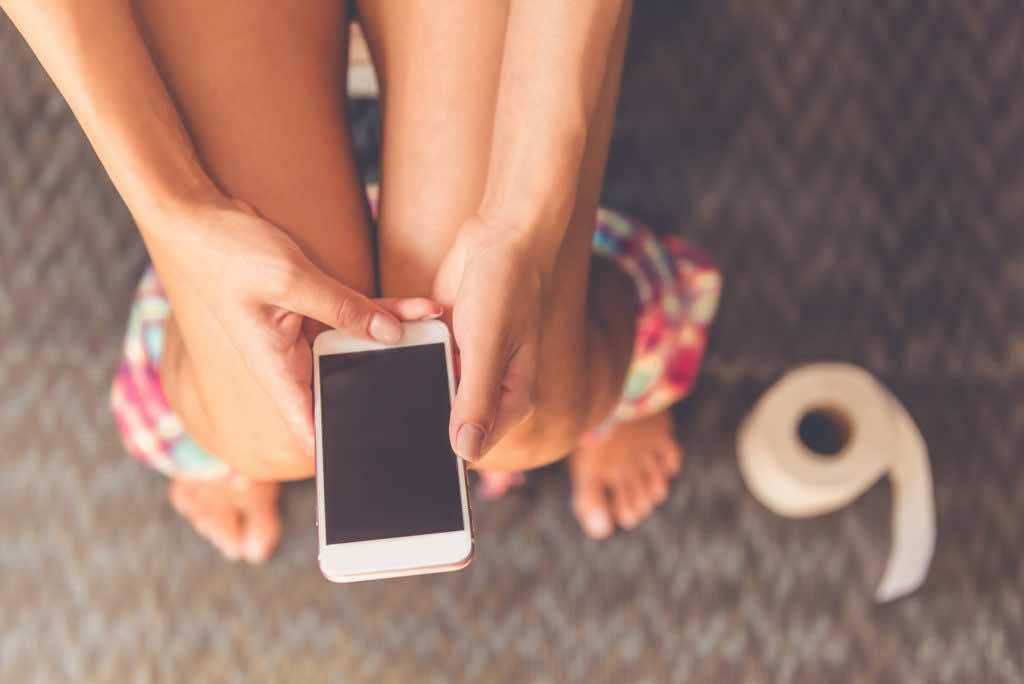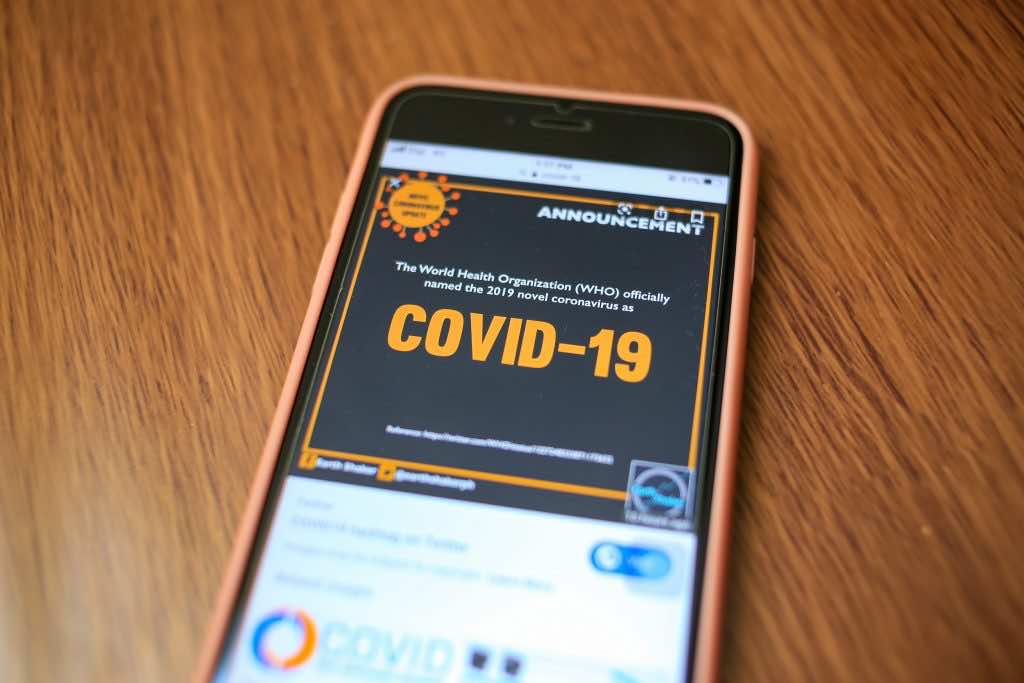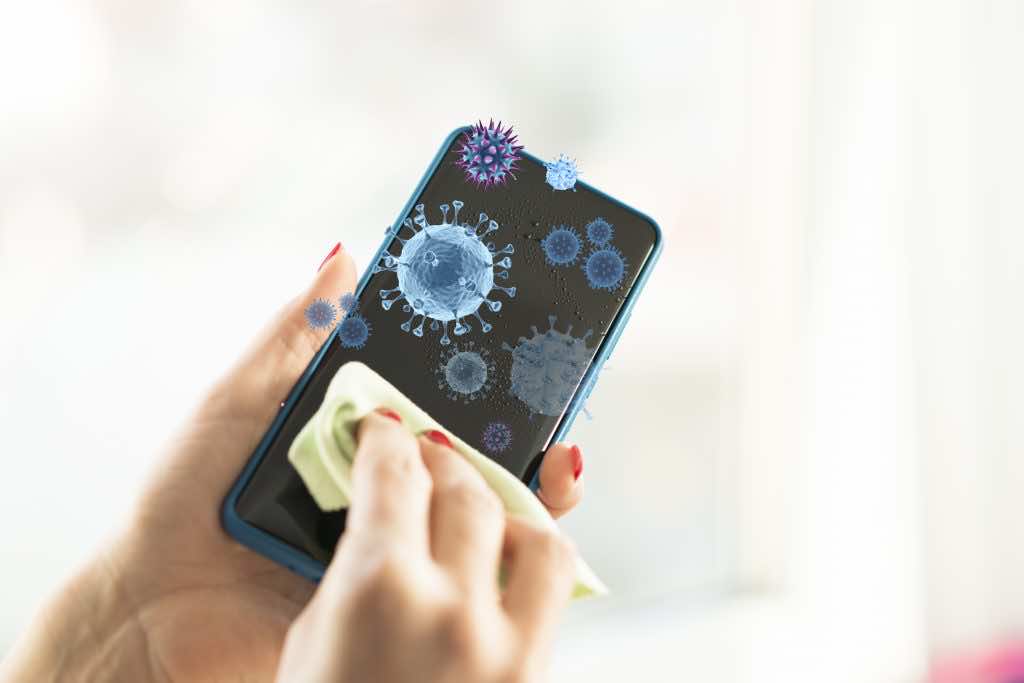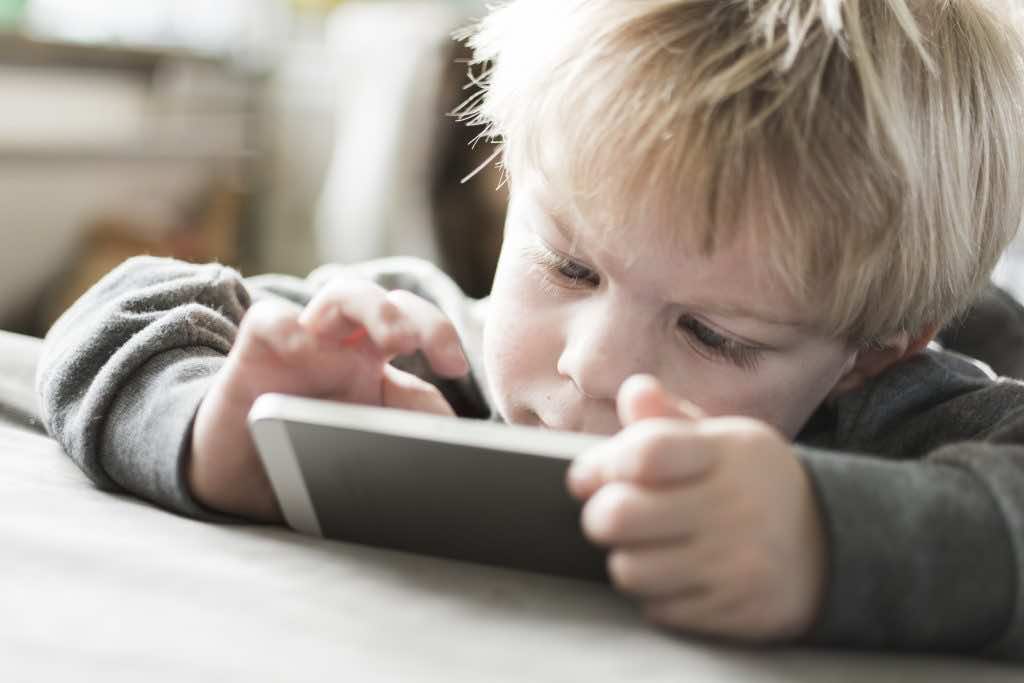Last updated January 17, 2024
Prevention is always better than cure. That saying is very relevant in the case of Coronavirus disease as a cure isn’t available just yet. Many US companies are encouraging their employees to work from home instead of coming to offices, as several states continue to ban mass gatherings in light of the COVID-19 pandemic. Experts advise people to wash their hands thoroughly using soap, wear face masks, etc. to help contain the virus from spreading. But the question remains: are you cleaning your smartphones, which could be carrying thousands of germs, properly?
Well, you should!
According to scientists over at the University of Arizona, the cell phones are ten times dirtier than most toilet seats. As if that isn’t already enough to horrify most of us, a recent study has revealed that a typical smartphone of a high schooler can have as many as 17,000 bacterial gene copies on it. And the fact that more than 80% of Americans take their phones to the bathroom isn’t helping either.

With the Coronavirus threat increasing each passing day, it’s become important now more than ever to protect your phones from harmful bacteria and viruses. Disinfecting your mobile phones is just as important as washing your hands, considering the fact that an average person picks up their phone 80 times a day. Previously, our own Thanksgiving survey revealed that as many as 61% wouldn’t put down their phones even during family dinners in a restaurant. In other words, using a dirty cell phone could mitigate the positive effects of frequent hand washes and other preventive measures we take to fight the COVID-19 virus.
Now the question everyone is asking is:
Do smartphones carry coronavirus or COVID-19 virus?

The short answer is YES.
As per a new study published in the Journal of Hospital Infection, the COVID-19 virus is well capable of surviving on inanimate objects such as metal, glass, or plastic for up to nine days at room temperature. These are the materials that you typically find on mobile phones, and thus, it goes without saying that phones could help carry as well as spread coronavirus.
And while the study reveals it couldn’t gather any data regarding the transmissibility of COVID-19 viruses from contaminated surfaces to hands, it does say that the viral load could be reduced effectively by following proper disinfection techniques.
“You do not have to sneeze on a cell phone to transmit disease-causing organisms. What we found out in studying virus movement on surfaces in office buildings is that you touch a surface with a virus on it and then you place it on your cell phone.”, UA professor Charles Gerba told Men’s Health.
Gerba also added: “You then go home or to another location and you touch your phone again and, say, touch a table moving it to another location — a great way to spread viruses around an office.”
Now, let’s take a look at how we can clean our gadgets and protect them from bacteria and viruses without damaging them.
How to properly clean and disinfect your cell phone?

Phones are the one thing you carry all day, so making sure it is clean from disease-causing germs should be a top priority for all. And while you are at it, you should be extra careful that you’re not causing any damage to the device — unless obviously, you don’t mind spending another hundred or thousands of dollars getting a new one.
According to Apple, the best way to sanitize an iPhone and other Apple devices, including Macbook, is gently wiping the solid surfaces using 70 percent isopropyl alcohol wipes or Clorox Disinfecting Wipes. Meanwhile, the company warned the users not to use bleach and not to submerge the devices in any cleaning solutions. Also, while cleaning, one should avoid getting moisture trapped in port openings.
If you’re worried that Clorox wipes might damage the anti-fingerprint coating on your phone screen or glass rear, you could go with the good old soap and water technique instead. Firstly, you need to dip a lint-free cloth in soapy water and then gently use it to wipe your phone surfaces, including the sides. Now, wipe the surfaces dry using a dry lint-free cloth or a microfiber cloth.
There is a third technique for those who wouldn’t mind spending a little too much money for the sake of a safe, clean phone. The sales of UV-powered phone sanitizers are skyrocketing across the US amid rising fears about the spread of COVID-19 virus. One such popular UV phone sanitizer called the PhoneSoap promises to kill 99.99% of all bacteria and germs on your phone with the help of two UV-C bulbs. All we need to do is place the phone inside the sanitizer box, and the ultraviolet lamps will do the rest. While you can find cheaper alternatives, PhoneSoap is the most recommended product, and it costs $80.
Do not forget to unplug any cables and turn off your phone before you begin disinfection procedures — regardless of the technique you choose.
What not to use for cleaning your cell phone?
Let’s face it: most of us are quick to wipe our smartphone against the shirt or the jeans we’re wearing as soon as we spot smudge marks on the screen. It is one of the worst ways to clean your smartphone for two reasons. For one, you will end up causing scratches on the phone screen. Second, it transfers the germs on your handset to your clothing, and that — if anything — only negates the benefits.
Typical household cleaning products like bleach, abrasive cleaning powders, aerosol sprays, vinegar, alcohol, etc. are a big no-no for being used as cell phone sterilizers. These harsh chemicals could either end up damaging your phone or remove the anti-fingerprint ‘oleophobic’ coating that is responsible for a smooth, smudge-resistant screen.
One should take extra care to make sure the cleaning solutions do not seep through port openings, as that could end up frying the internal circuitry and causing irreparable damage to the phone. And, immersing the device in solutions should be avoided at all costs, even if your phone is IP certified.
Never let your kid play on a dirty phone

A SellCell survey previously revealed that 65% of kids under the age of 13 own a smartphone. Parents could be endangering their children’s health by letting them play on a dirty handset, that is likely a host for thousands of different types of germs.
Kids are known to have the worst sense of hygiene, and thus it is the responsibility of parents to encourage them to stay healthy. Parents should teach kids the importance of following good hygiene practices, including thoroughly washing hands with soap for at least 20 seconds.
But when it comes to cleaning phones, it might be a bad idea to hand over chemical cleaning products to children, and so we advise parents to do it themselves. However, you could tell the kids to use a microfiber cloth for removing any fingerprint marks after they touch a door handle or let a friend play on the phone.
Conclusion: How to keep your phone clean at all times?
While having a clean phone is as vital as keeping your hands clean when it comes to fighting dangerous germs, it is not practical to wipe clean the phone surface at all times. Instead, minimizing the usage whenever possible — for instance, when you’re on public transit or in a bathroom — will go a long way in helping fight the coronavirus to an extent. Health experts have advised people to avoid physical contact with others, including handshakes, whenever possible. You could even take that up a notch by neither handing over your phone to friends and relatives nor using the one that belongs to others.
